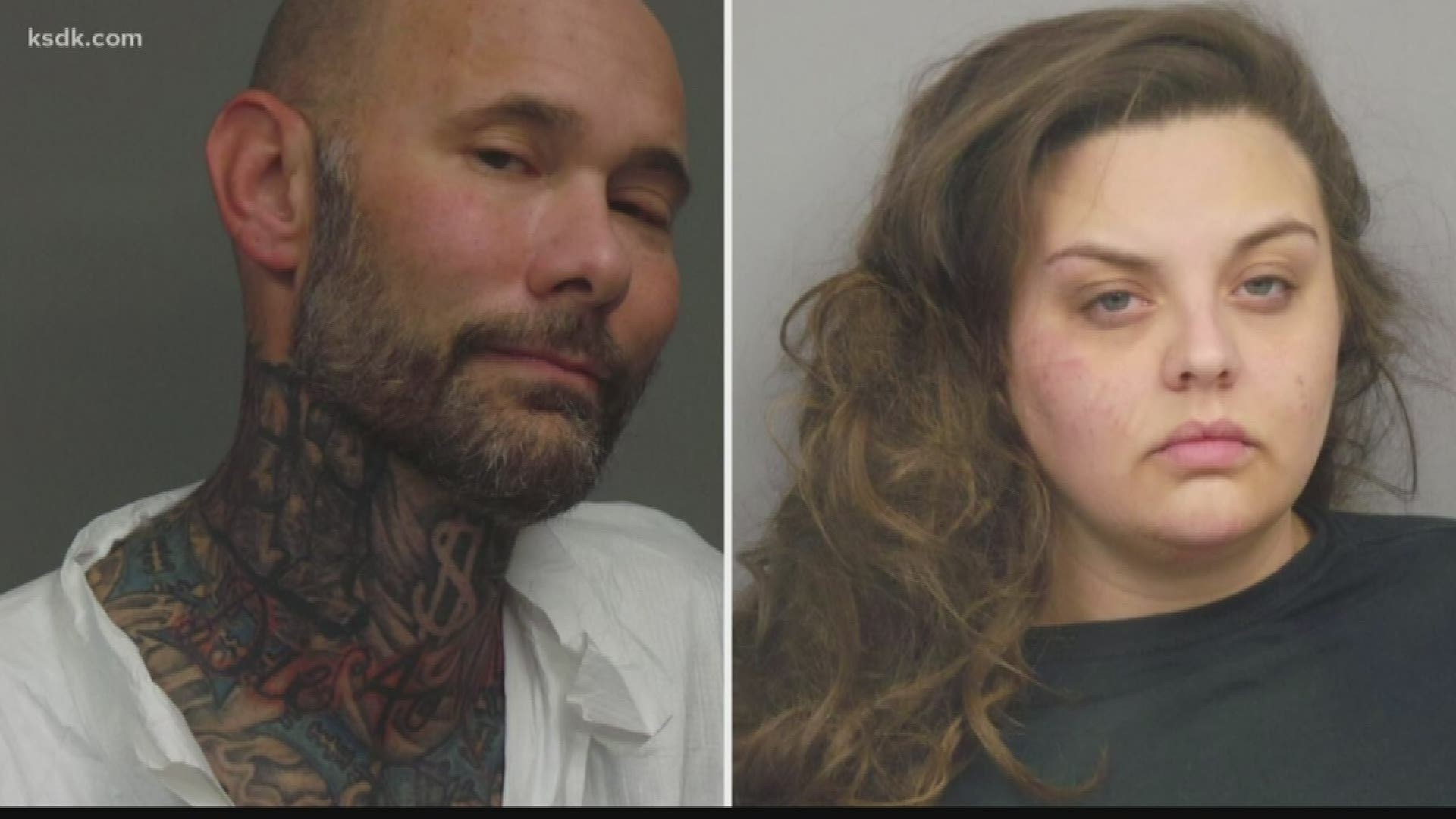BETHALTO, Ill. — The Major Case Squad of Greater St. Louis is investigating the deaths of 3 people found late Thursday night inside a home in the 300 block of Mill Street in Bethalto, Illinois.
They have been identified as 59-year-old Shari Yates, her 32-year-old son, Andrew "AJ" Brooks, and 30-year-old John McMillan.
Bethalto police found the bodies while responding to a request from the Hazelwood Police Department to do a welfare check at the residence at around 11 p.m.
Yates and Brooks lived at the address where their bodies were found.
Brooks' friend, Noelle Russo, was shocked at the news. She said they were good people and Yates “she cared about her kids.”
“Dumbfounded that this could happen to such good people, and Bethalto let alone, because this is just such a... it doesn't happen here," Russo said. “....Just AJ himself he would walk into a room and brighten the room and you don't meet people like them every day. And 15 years, 15-plus years I was friends with him and associated with him, and I don't think I ever heard a bad word about him from anybody.”
Anyone with information is asked to contact the Major Case Squad of Greater St. Louis at 618-377-5266.
A police source tells 5 On Your Side that a fugitive couple wanted in both Tennessee and Alabama and arrested in Hazelwood, Missouri, may be connected to the deaths.
What is the Major Case Squad?
The concept of the Major Case Squad of Greater St. Louis was developed from the Kansas City (MO) Police Department’s Metro Squad in 1964.
The idea was to pool the most qualified investigators, equipment, and resources from multiple jurisdictions to conduct a saturation investigation over a sustained period. The purpose of the Squad was to investigate the most heinous crimes or series of crimes for the participating jurisdiction, including Homicides, Abductions, and other serious crimes that would constitute a community threat.
The creators of the Major Case Squad recognized that the law enforcement investigative staff of some jurisdictions cannot be sufficiently staffed to provide the saturation-type of investigation which may be necessary to solve such cases, and the saturation-type style of investigations have several benefits, such as:
- Dedicating many investigators and resources to a single investigation
- Allows for a large volume of leads and information investigated simultaneously
- Allows the investigation to “cover a lot of ground” during the most crucial first 24-48 hours
- Allows for a large number of seasoned investigators to provide a variety of experiences and expertise.
The Major Case Squad of Greater St. Louis became operational on May 1, 1965.
The Squad originally covered a geographical area comprising of the Counties of St. Louis, St. Charles, Jefferson, and Franklin in Missouri, and Madison, St. Clair, and Monroe Counties in Illinois.
Presently, the Major Case Squad has expanded its geographical area to include the Counties of Warren and Lincoln in Missouri and the Counties of Jersey, Macoupin, Bond, Clinton, and Randolph in Illinois. Currently, there are over 500 investigators in Missouri and Illinois who are members of the Major Case Squad of Greater St. Louis.
The criteria for those who apply to be an investigator for the Major Case Squad includes the applicant must have at least five years of law enforcement experience, plus two years investigative experience, plus a recommendation by his/her Chief or Sheriff. Membership is predicated on knowledge of investigative techniques, ability to secure citizen cooperation, skill in report writing and willingness to function as a team member.
Upon activation, a Deputy Commander who heads the investigation, two Deputy Report Officers, and approximately fifteen to twenty investigators respond to the Command Post established by the requesting agency within two hours of activation. The initial activation is set for a number of days, and it can be extended with the permission of the Commander of the Major Case Squad. If the case is not resolved after the activation period, it is returned to the requesting agency for further investigation. The Squad can reactivate for a case if new information is developed.


